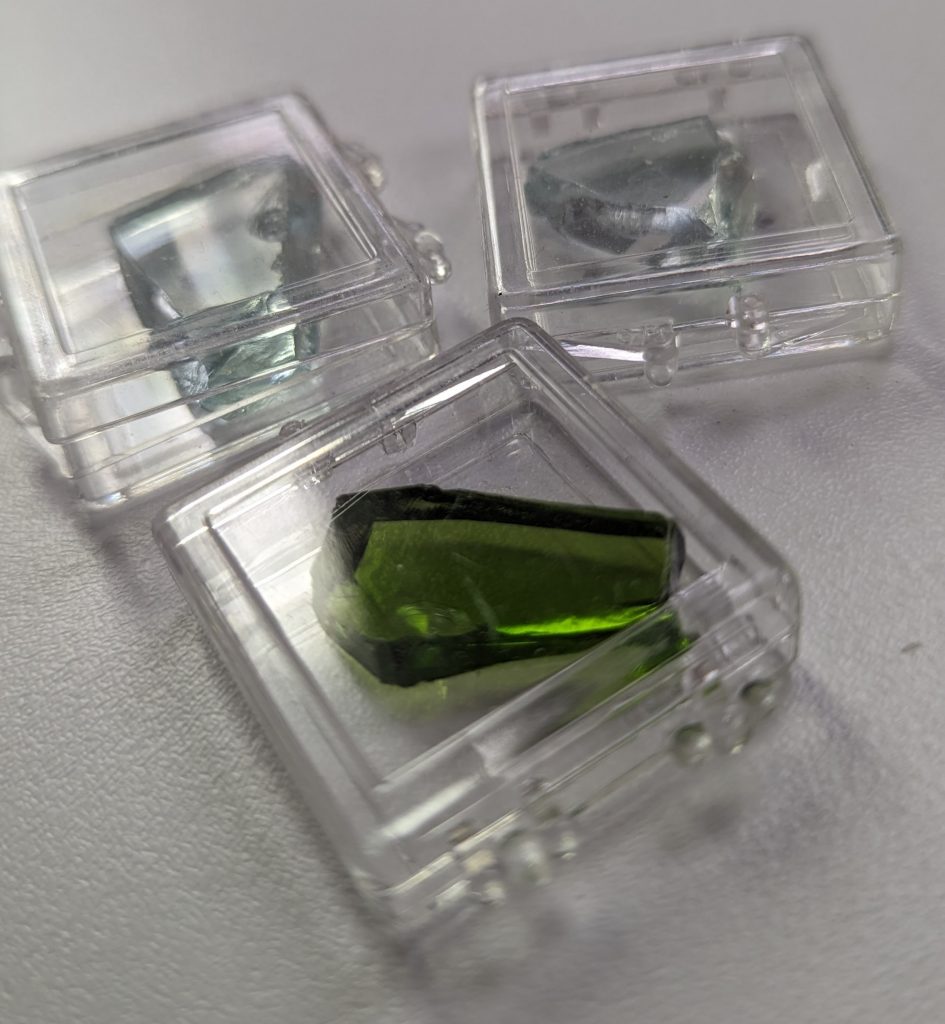The quality of your analysis hinges on the sample’s selection and handling. Even the best analysis can become useless if the sample is not representative of the materials issue or has been mishandled. To ensure the most accurate results, follow these guidelines for sample selection and handling.
Sample Selection
1. Representativeness
- Choose a Representative Sample: Ensure the sample you send us accurately represents the general problem you are trying to address.
- Understand Material Complexity: This can be challenging for inhomogeneous materials or cases of intermittent failures.
- Know the Sample’s History: Understand the sample’s history and its relationship to other products or failures.
2. Number of Samples
- Consider Multiple Samples: In some cases, send multiple samples. This allows us to analyze several or select one that appears most representative. Also, different analysis methods may each require a sample.
- Comprehensive Analysis: We may need to analyze more than one sample or multiple areas of a sample for a complete and informative analysis.
- Confirm Consistency: If a likely explanation for a failure is found, it is good to confirm whether other failures occurred for the same reason.
3. Size and Volume
- Sample Modification: We may have to cut your sample to make it small enough to analyze or to present the proper area or volume of material for analysis. Note that some analyses are inherently destructive, while others do minimal damage.
- Sample Size Limitations: Certain analytical techniques have sample size limitations. Please discuss size with us or review the technique page on our website for specifications.
- Provide Enough Material: We recommend providing enough material or chemical to perform multiple analyses in case re-runs or alternative methods are required.
- Minimize Excess: Large amounts are seldom required, as analyses usually need only small samples. This helps minimize disposal and shipment costs.
Sample Handling
1. Hazardous or Corrosive Materials
- Alert Us of Dangers: Inform us about any known hazards associated with your samples to ensure the safety of our scientists and to prevent equipment contamination or corrosion.
- Corrosive Samples: If a sample is corrosive to metals, please inform us.
For Differential Scanning Calorimetry (DSC) Analysis:
- Chemical Composition Disclosure: Materials containing F, Cl, Br, or I may not be submitted for analysis without informing us.
- Customer Responsibility: You are responsible for replacing the $3,000 DSC cell if your sample causes corrosion and failure due to undisclosed chemical composition.
- Unknown Composition: If you do not know the chemical composition, we can analyze it and then decide whether DSC analysis is appropriate.
2. Material Handling
- Prevent Contamination: Ensure samples have not been contaminated by handling or shipping conditions that compromise their integrity. Even fingerprints can ruin a sample intended for surface analysis or outgassing studies.
- Use Clean Gloves: Handle all samples with clean gloves unless necessary to handle them barehanded. XPS surface analysis samples should not be touched with or without gloves.
- Avoid Machining Oils: Do not contaminate samples with machining oils or cooling fluids when cutting them from larger pieces. In some cases, it is best to have cut the samples for analysis.
- Sample Cleaning: If cleaning is necessary, it’s often best to leave it to us or discuss cleaning methods with our team before sending samples.
3. Packing
- Avoid Direct Contact: It is best if surfaces to be analyzed do not contact packing materials.
- Use Clean Materials: If unavoidable, use clean packing materials. Food storage aluminum foil and zip-lock sandwich bags from reputable brands are often good options for ensuring cleanliness. Be aware that off-brand products may be contaminated with silicones and other undesirable contaminants.
4. Shipment and Drop-off
- Special Arrangements: Make special arrangements for early morning or weekend drop-offs, or for shipper deliveries of large items or items on pallets. Delivery attempts prior to 9:00 AM generally fail.
- Reliable Delivery Services: UPS and FedEx offer the most reliable delivery services.
- Lab Drop-off: Samples may generally be dropped off at the lab between 9:00 AM and 9:00 PM on weekdays, but please confirm time if after 6 PM.
Contact Us
Please check out our “Contact Us“ page for more information or if you need to reach out to us with questions or concerns. Click here for a sample submission overview.

